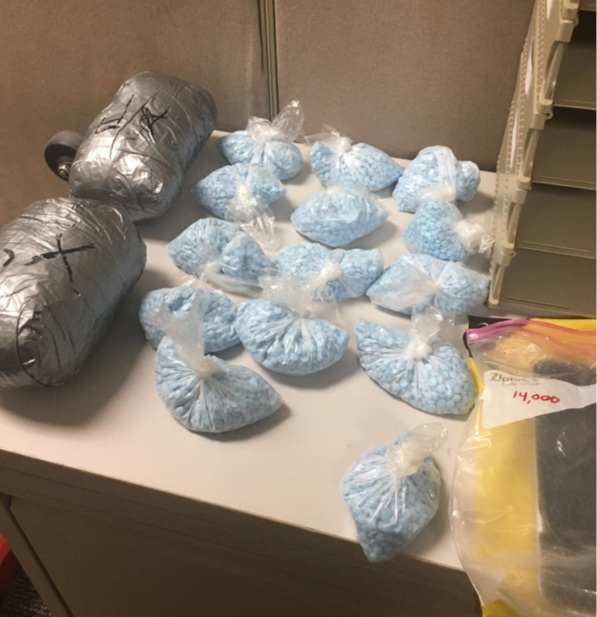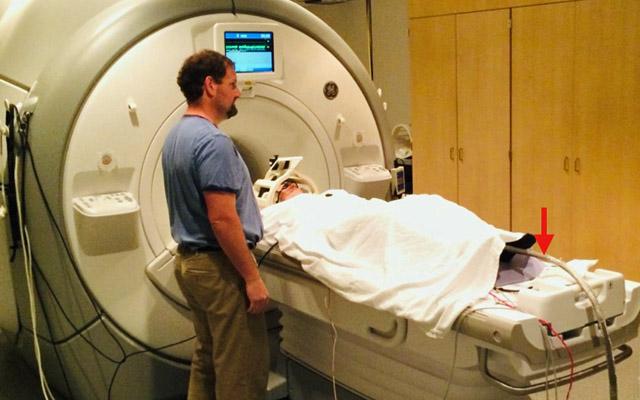New Non-Opioid Drug Effective in Treating Low Back Pain
/By Pat Anson, PNN Editor
Pfizer and Eli Lilly have announced positive results from a large Phase 3 study evaluating an experimental non-opioid pain reliever as a treatment for chronic low back pain.
Patients receiving 10 mg injections of tanezumab showed statistically significant improvement in back pain at 16 weeks compared to placebo. A lower dose of tanezumab 5 mg was not as effective. Over 1,800 people with chronic low back pain in North America, Europe and Asia participated in the study.
Tanezumab is a humanized monoclonal antibody that targets nerve growth factor (NGF), a protein that increases in the body because of injury, inflammation or chronic pain. Tanezumab binds to NGF and inhibits pain signals from muscles, skin and organs from reaching the brain.
"This study demonstrates the potential of tanezumab to treat individuals suffering from moderate-to-severe chronic low back pain who have been unable to achieve relief with currently available medicines," said Ken Verburg, Pfizer’s tanezumab development team leader.
“This is one of the longest studies conducted to date in chronic low back pain. We look forward to further analyzing these results, and believe the data from this study will support our planned future global regulatory submissions in chronic low back pain."
Pizer and Eli Lilly have also reported positive findings in evaluating tanezumab for the treatment of osteoarthritis. The Food and Drug Administration granted “fast track” designation to tanezumab in 2017 to help speed its development.
Tanezumab has a history of safety concerns. Clinical studies were halted in 2010 after Pfizer reported some osteoarthritis patients receiving the drug had worse symptoms and needed joint replacement surgery. Another safety issue arose in 2012 when tanezumab caused adverse changes in the nervous system of animals. Most clinical studies of tanezumab did not resume until 2015.
In the current study, rapidly progressive osteoarthritis (RPOA) was observed in 1.4 percent of patients receiving tanezumab and 0.1 percent of patients in the other treatment groups. Joint fractures and total joint replacements were experienced in 0.4 percent and 0.7 percent of tanezumab-treated patients, respectively, while none were observed in the other treatment groups.
In addition to back pain, the ongoing Phase 3 program for tanezumab includes studies in osteoarthritis pain and cancer pain due to bone metastases.





























